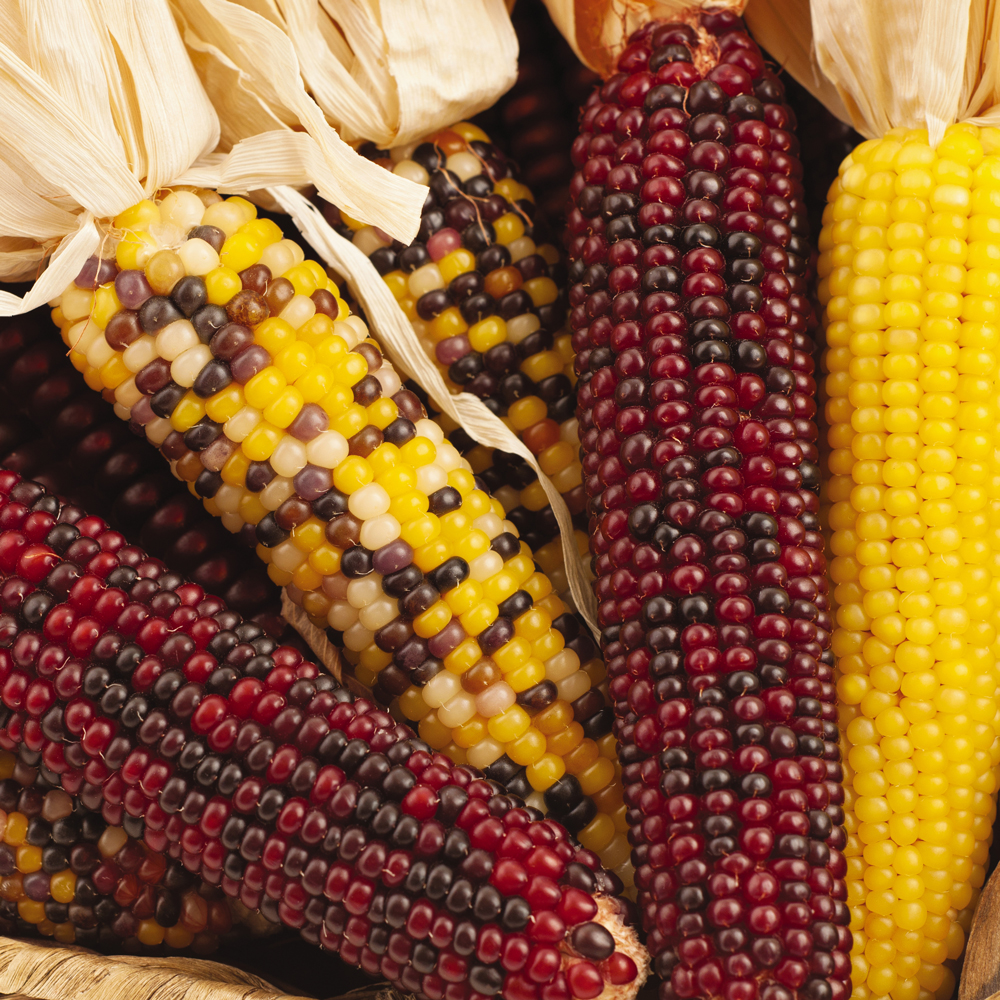My Cart
Your Shopping Cart is currently empty. Use Quick Order or Search to quickly add items to your order!

Students study F2 seedlings to discover how a dwarf phenotype is inherited in corn. They determine that the allele for tall height exhibits complete dominance to the allele for dwarf, that the seedlings are segregating in a ratio of 3 tall to 1 dwarf, and that the parent plant was tall and heterozygous.
Seed Starter Kit (158050) or the following
Carolina® Springwater (132450)
Collecting Bucket (706230) for mixing soil and water
Plant Light Bank (158999) or greenhouse
The planting flats should be at least 15 cm × 15 cm (6ʺ × 6ʺ). Three hundred to 500 seeds are needed to approximate the expected phenotype ratios.
Ensure that students understand and adhere to safe laboratory practices when performing any activity in the classroom or lab. Demonstrate the protocol for correctly using the instruments and materials necessary to complete the activities, and emphasize the importance of proper usage. Use personal protective equipment such as safety glasses or goggles, gloves, and aprons when appropriate. Model proper laboratory safety practices for your students and require them to adhere to all laboratory safety rules.
Students can work individually or in groups. Each group will need seeds to plant. The number will depend on the size of the planting flats. Monitor students as they plant the seeds. It is best to use a deep container that will hold a layer of potting soil at least 6 cm (2 ½ʺ) deep; this allows for uninhibited growth of the roots. Deeper is better. A clear plastic cover or plastic bag will prevent the potting soil from drying out during germination.
Most bagged potting soils will be dry. Put dry potting soil into a bucket or other large container, and stir in some water. If the potting soil becomes muck, you have added too much water; add more dry potting soil. Pinch a sample between your thumb and index finger. The potting soil should remain in a cohesive clump when you release the pressure, but no water should drip.
Once the seeds are planted, the flats should go under a light bank. Set up the light bank and test it to be certain it works properly. You can use our Plant Light Bank or you can make your own light bank using three shop lights. Use fluorescent lights, because incandescent lights emit too much heat and will damage or kill the seedlings. Flats should go under the light bank within 48 hours of planting. The lights can be left on for the duration of the seedlings’ growth.
The flats can go into a greenhouse, if one is available, but if they will be in direct sunlight, plastic bags or covers should not be used and the flats should be watered daily as much as needed.
Seedlings should appear in 5 to 8 days (dwarf seedlings often lag 1 or 2 days behind tall seedlings), at which time the plastic bags can be discarded. From this time on, students should observe their flats daily for the appearance of phenotypic characteristics and check to see if their flats need watering. Seedling counts can be made 10 to 15 days after planting.
This LabSheet can be used in conjunction with our “Seedling Genetics (Soybean or Tomato)” LabSheet to contrast complete and incomplete dominance.
Chi-square analysis is not included as part of the activity, but it can easily be added. Remember that degrees of freedom equals the number of classes minus 1. Because there are 2 phenotype classes, the degrees of freedom value is 1. There are several Internet sites that will perform the calculation from input data.
Here is a chi-square calculation based on sample data for the cross that is studied in this LabSheet.
| Phenotype | Tall | Dwarf | Totals |
| Actual Number (Count) | a1 303 |
a2 96 |
399 |
| Expected Number | e1 299 |
e2 100 |
399 |
| Ratio | 3 | 1 | 4 |
The expected numbers are calculated by dividing the total count (399) by the total of the phenotype ratios (4).
399/4 = 99.75
This number is multiplied successively by the numbers of the phenotype ratios to get the expected numbers, which are rounded to whole numbers.
e1 = 99.75 × 3 = 299
e2 = 99.75 × 1 = 100

Reference to a chi-square table indicates that a deviation of 0.214 for 1 degree of freedom gives a value greater than 50%. This means that our observed variation from the expected numbers would be expected to occur purely by chance more than 50 percent of the time. Such a deviation is not significant and the count obtained is evidence in favor of the expected 3:1 ratio. Generally, a probability of 5% is considered significant and the theoretical ratios are suspect if a chi-square value is obtained corresponding to a probability of 5% or less.
